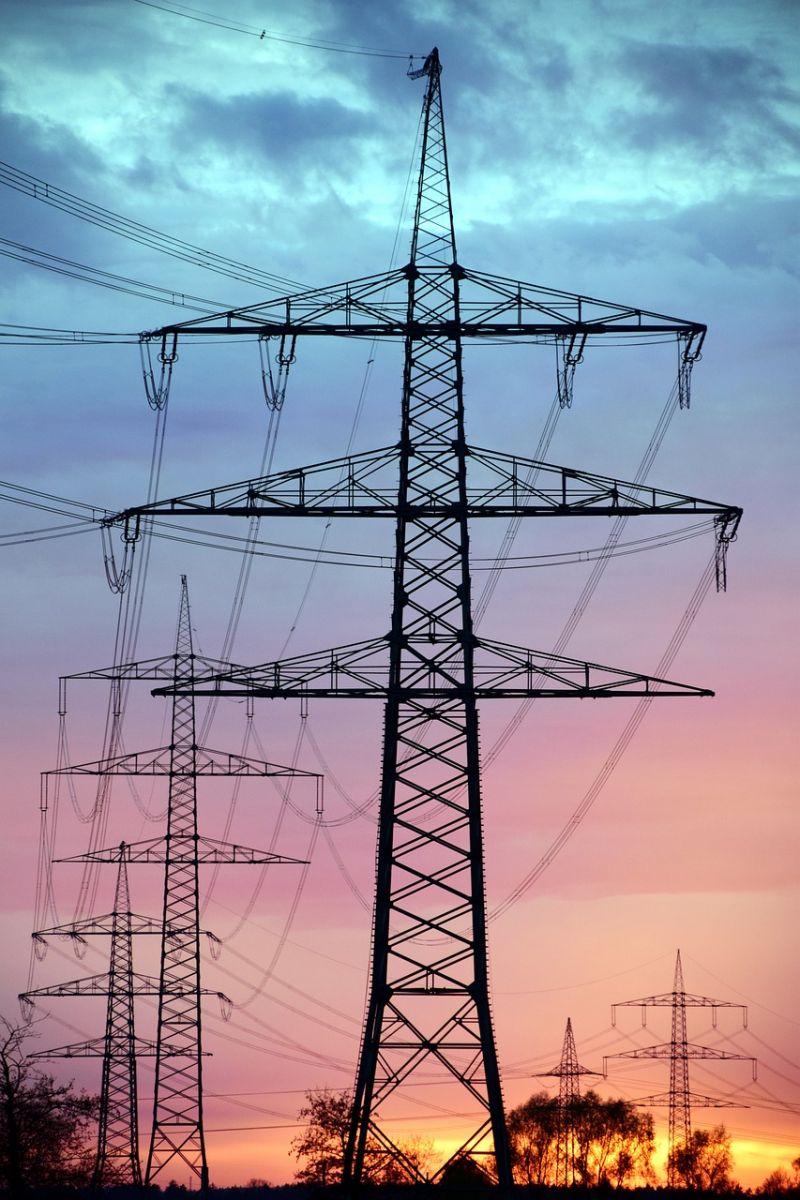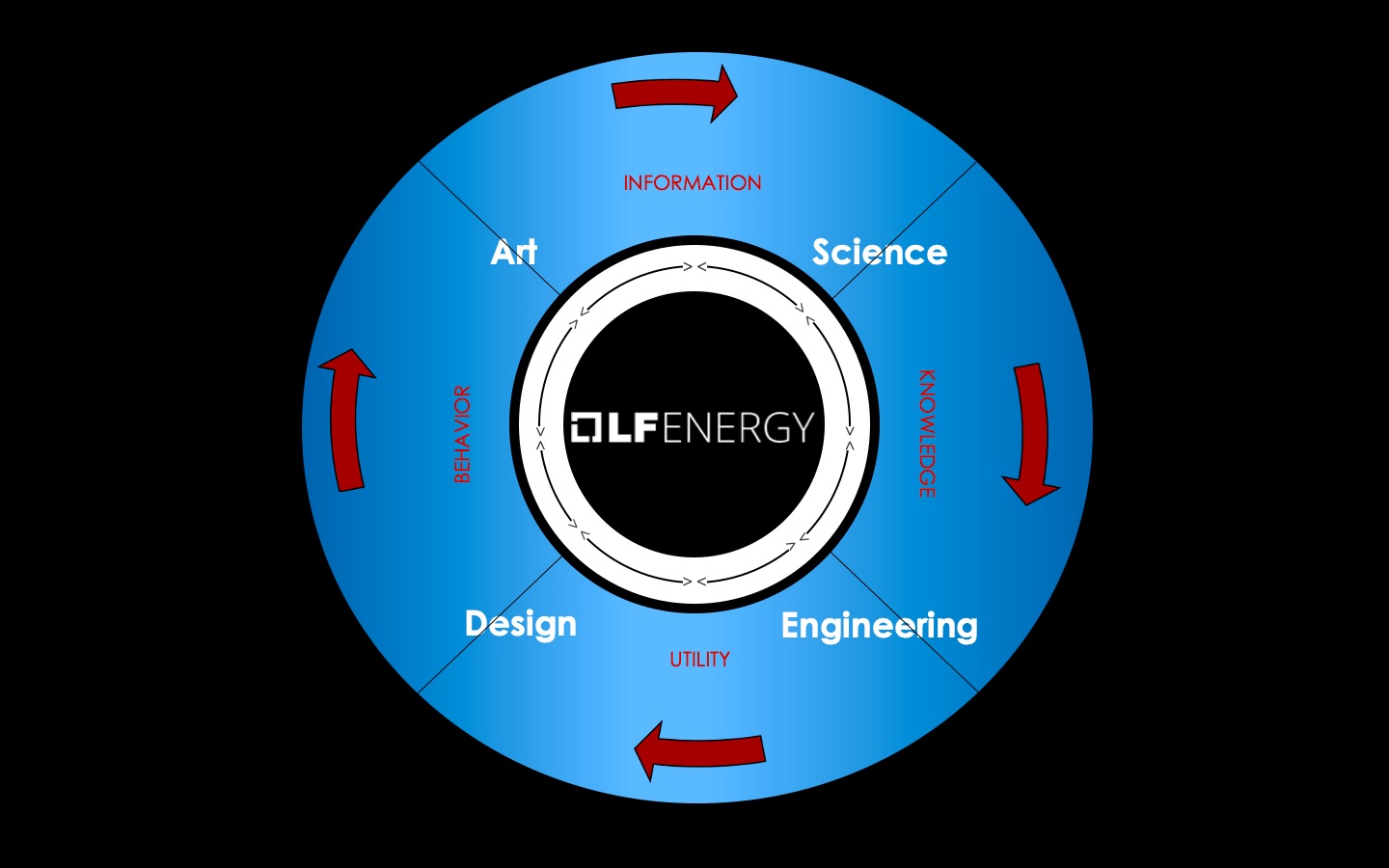Open Source - the answer to greening the grid
The renewable energy sector shouldn't be surprised by the effects of the COVID-19 pandemic. In fact, it was only a matter of time before we faced this kind of catastrophe; the increase in pandemics is a direct symptom of climate change.
 The United States Department of Defense (DoD) said, in 2014, that climate change "will likely lead to food and water shortages, pandemic disease, disputes over refugees and resources, and destruction by natural disasters in regions across the globe." What's even more troubling is that the current pandemic is merely a small preview of what's to come if we don't act now to limit our environmental impact.
The United States Department of Defense (DoD) said, in 2014, that climate change "will likely lead to food and water shortages, pandemic disease, disputes over refugees and resources, and destruction by natural disasters in regions across the globe." What's even more troubling is that the current pandemic is merely a small preview of what's to come if we don't act now to limit our environmental impact.
Since the DoD's statement nearly six years ago, new research shows that, without coordinated action against climate change, the world's uninhabitable places could increase from 1 percent to 19 percent by 2070. This necessary effort includes the energy industry, as we must do our part to update the power grid to support clean, renewable energy in order to achieve carbon neutrality by the EU's goal of 2050.
Open source can save crucial time
The effect of climate change on our environment provides a stark reminder that we're in a race against time to save our planet. Like COVID-19, the climate does not know borders. What we're doing right now isn't working; we cannot use a slow, patchwork response that creates more chaos, hardship, and civil strife than we already see today. In this moment, the energy industry must learn from its mistakes, and come together through open-source technology and shared development. This is the key to speeding up the innovation required for the grid to support renewable energy.
- The shift from proprietary solutions.
Open-source technology is non-proprietary software code that is free and available for anyone to use or modify. To leverage open source, many other industries have formed organizations to develop open-source programs that benefit their entire sector.
Instead of embracing open source, however, the U.S. energy sector has moved towards deregulation and increased competition. This movement has resulted in the reliance on proprietary solutions for grid development. And, while we've seen innovative solutions from this industry model, their sluggish go-to-market speed and lack of interoperability on the grid are too slow to achieve required climate goals. We need to focus on adoption and diffusion, not just innovations.
If the energy industry comes together as an open-source community, it could lead to the accelerated innovation and adoption of renewable energy solutions our world needs. This paradigm shift to an open-source energy sector would require much pre-competitive alignment between utility providers on goals. However, we've seen the open-source model have success in the telecom sector, where the concept helped companies like AT&T, China Mobile, and Orange modernize their legacy technologies together. Open source also was the main driving force behind the rapid growth of the internet and its worldwide connectivity.
- Grid modernization requires increased technology diffusion.
It's already possible to modernize the grid to support renewable energy. Due to the variability of renewable energy, however, the grid can't support it all without major technological advancement. To handle variability, the grid must be digitized for virtual functions, automation, software integration, and disaggregation of hardware and software.
When you pair the required innovation with the slowed go-to-market speed of proprietary energy solutions and the failures of interoperability and systems integration, the combination makes technology diffusion (the process by which technological innovations are adopted by an industry) more difficult. In fact, we've found that the energy sector will need a 9 percent technology diffusion rate, each of the next 30 years, to reach a carbon-neutral climate.
If we keep waiting, the technology diffusion rate will only go up: to 15 percent, 20 percent, and so on, making our task even more challenging. The energy industry cannot stand by and wait for technology to diffuse through individual efforts.
- Open source eases the burdens of technological development.
Although proprietary solutions have been a staple of the energy sector, the benefits of this industry model are little to non-existent. Proprietary isolation, which used to be a safe, easy, and cost-effective method to operate as a utility provider, is difficult to maintain in our current industry climate. Today's energy market demands rapid innovation and greater efficiency to reduce carbon emissions - the proprietary structure is not keeping up.

On top of its environmental impact, open source can also have a positive operational effect on individual utility providers. Energy companies that have become early participants of open source in the energy sector are already seeing beneficial outcomes. Switching to open source can have a positive impact on energy providers by:
- Alleviating costs: In an open-source community, individual utility companies don't have to shoulder development costs for renewable solutions alone.
- Increasing speed to market: Collaborating with open-source partners allows energy providers to decrease the long lead time for a proprietary solution to go to market, which can help reach the EU's goal for decarbonization by 2050 more quickly.
- Reducing systems integration complexity: Open-source community members develop solutions that are compatible with each other to scale, eliminating the complicated process it usually takes to make proprietary technology interoperable on the grid.
It's time for a technological revolution in the energy industry. Instead of wasting time as competitors, utility companies must dissolve their borders and band together on common solutions. With experts predicting more damaging environmental consequences if we make no progress towards decarbonization by 2050, what's the point of going it alone?

Shuli Goodman, Ph. D., is executive director at LF Energy. An initiative of The Linux Foundation, LF Energy provides a neutral, collaborative environment for the open source digital foundations that will enable the electrification of everything to scale, with the objective of accelerating and transforming the world's relationship with energy.
LF Energy | www.lfenergy.org
Author: Shuli Goodman, Ph. D.
Volume: 2020 September/October







